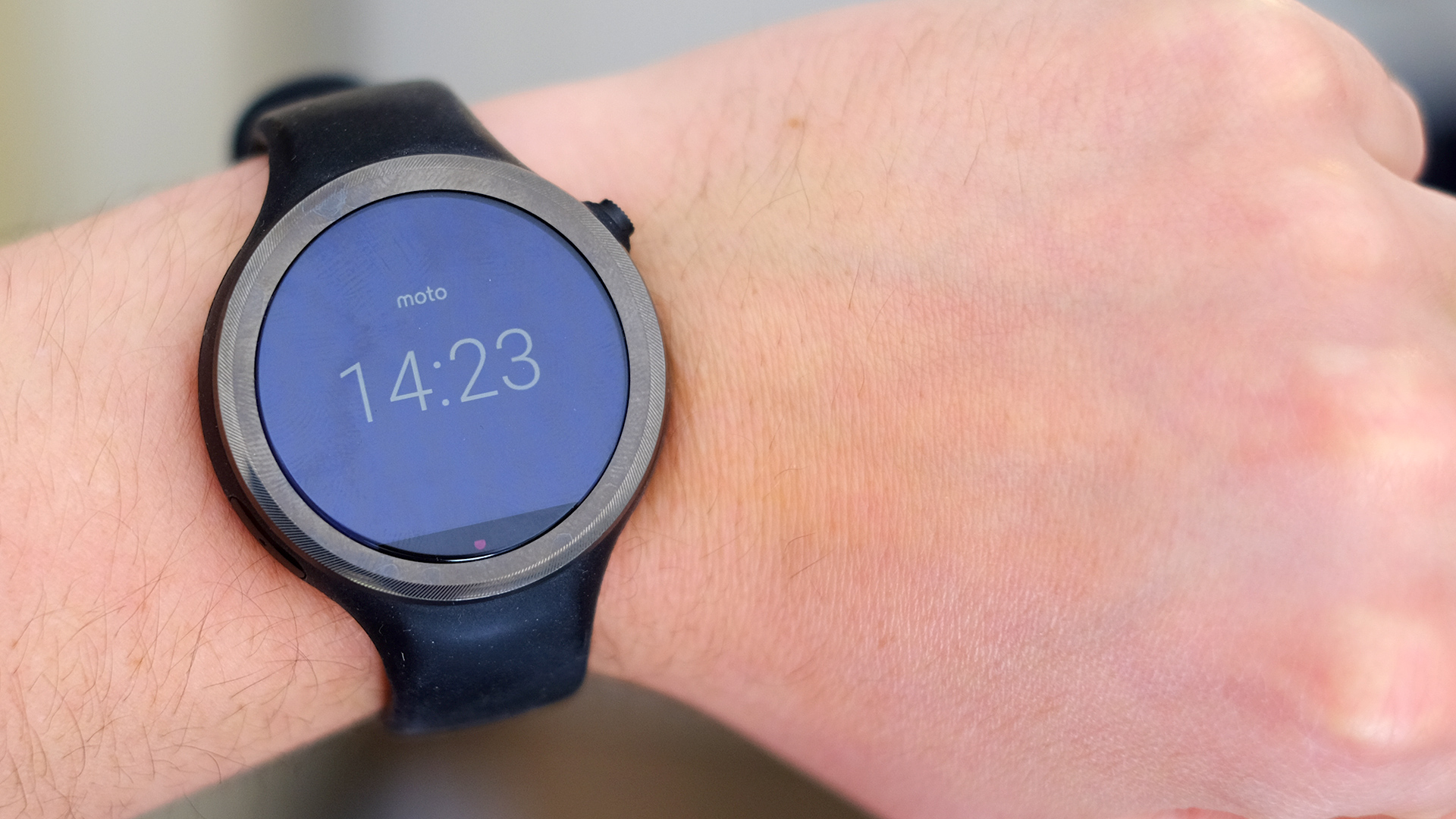Why you can trust TechRadar
Along with the battery life, the other major performance caveat is that the Moto 360 Sport's tracking is rather basic compared with a sports watch costing half the price. With so few Android Wear watches offering GPS, the big running apps have, sensibly, not piled thousands of hours into making their Android Wear apps work well without a phone attached.
Runkeeper does, but the UI still plays as though it's piggy-backing off a phone, which isn't really good enough.
For now your best bet is to use the Moto Body Running app, which comes pre-installed. This lets you choose between running indoors or outdoors, the former mode using accelerometer data and the latter using GPS. You can then choose either a workout goal in distance or calories, or select quick start to 'free' run.
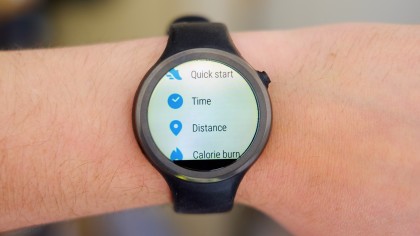
As you run you can check your pace, how far you've run, how fast your heart is beating and your split times. There are no multi-sport functions, and no tracking of more advanced metrics like VO2, but I can imagine this being a good fit for the 5K weekend runner who wants more than what a 'dumb' fitness tracker has to offer.
It's easy, it's quick and the Moto 360 Sport also hooks onto GPS satellites very quickly, usually in well under 30 seconds in my experience – it seems that Motorola uses both a faster and less power-sapping GPS chip than Sony does in the SmartWatch 3.
Run data is transmitted to the Moto Body app on your phone, from where you can look at maps of your route, pace graphs and even check your heart rate throughout the workout. It's not bad.
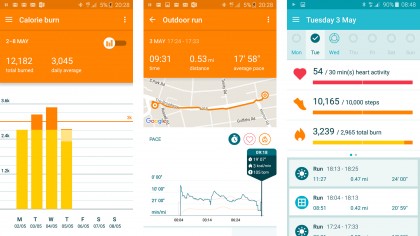
The Moto 360 Sport's software won't be enough for everyone, though, particularly as you'd have to log cycle rides and walks as 'runs', but it's doing the trick for me.
Motorola's issue is that while the running watch market is fairly mature, the runner's Android Wear smartwatch market is not, and you feel this in both the hardware and the software.
GPS tracking accuracy is decent but not mind-blowing. It might put you on the wrong side of the road, for example, but your total distances and speed figures should be fairly accurate. It'll certainly blow any Fitbit-style device out of the water as a training device.
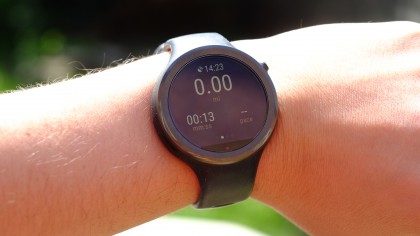
However, the heart rate sensor is poor, as is the norm for Android smartwatches. It works well enough if you're perfectly still, but as soon as you start moving its accuracy plummets.
The Running app tries to get around this by using an intense predictive algorithm that seems to have as much say over the reading as the sensor itself. This enables it to produce post-workout graphs that look about right, but comparing the results to those of a sensor at the gym shows the results are consistently off.
It's about as good as the heart rate sensor of any Android Wear watch: not very.
Software and specs
Aside from all the bonus fitness features, the Moto 360 Sport seems much like any other Wear watch in use. The UI is determined by Google, and the watch face selection is much the same as on other Moto watches – I've been using the default sporty one, but you can switch to a more conventional one with a quick gesture if you prefer.
The Moto 360 Sport has a Snapdragon 400 quad-core 1.2GHz CPU, 512MB of RAM and 4GB of storage. This gives you enough space to store a few music tracks if you want to listen to some tunes while running, though you'll need Bluetooth headphones for this, of course.
It also has Wi-Fi, enabling the watch to receive notifications even if it's not in range of your phone.
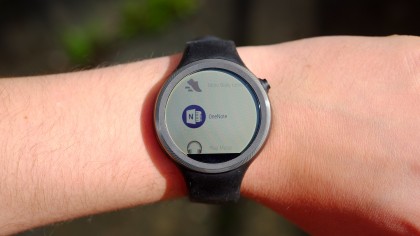
With core hardware just like much of the recent competition, Android Wear feels fairly responsive here. However, after being spoilt with the intuitive speed and simplicity of Android Marshmallow in phones, it's a shame Google's watch software hasn't progressed more in the past year.
It's still a gesture-heavy, not 100% responsive system that can feel fiddly as soon as you try to do anything more than just checking out the latest notification beamed over from your phone. This applies to all Android Wear watches, of course.
I've still had a pretty good time using the Moto 360 Sport, but predominantly just for notifications and occasional tracking of gym sessions, runs and walks.
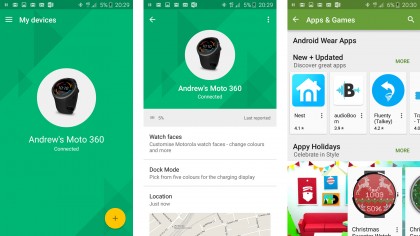
As ever with an Android Wear device, only Android phone users should seriously consider buying a Moto 360 Sport. iOS support is fair, but the features available in third-party apps will be limited. There's also no version of Moto Body for iOS at the time of writing, making the Sport pretty rubbish as a run tracker.
Battery life
The great thing about some transflective displays is that they use very little power. However, AnyLight doesn't seem to do the Moto 360 Sport's stamina any favors. You'll get a day's use out of a charge if, say, you map a 20-minute run, or a day and a bit if you don't.
Quite a few Android Wear watches manage to last for two days even without any miraculous battery-saving tech, making the Sport's performance in this respect pretty depressing.
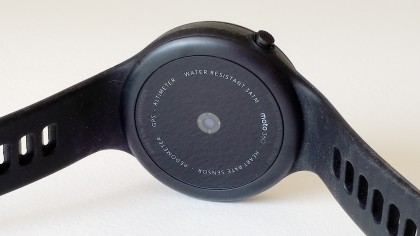
The Moto 360 Sport has a 300mAh battery, as in the Moto 360 (2015), and you'll need to charge it every day. This involves putting the Moto 360 Sport onto a Qi wireless charging dock seat, similar to the one used by other Motorola watches.
With GPS in use the Moto 360 Sport will last for around four hours, which is going to be enough for most 5K weekend runners, but not for cyclists, hikers or serious runners. The £100/US$90/AU$150 TomTom Runner lasts for 10 hours of GPS tracking, making it suitable for even the slowest of marathon runners.
Andrew is a freelance journalist and has been writing and editing for some of the UK's top tech and lifestyle publications including TrustedReviews, Stuff, T3, TechRadar, Lifehacker and others.
